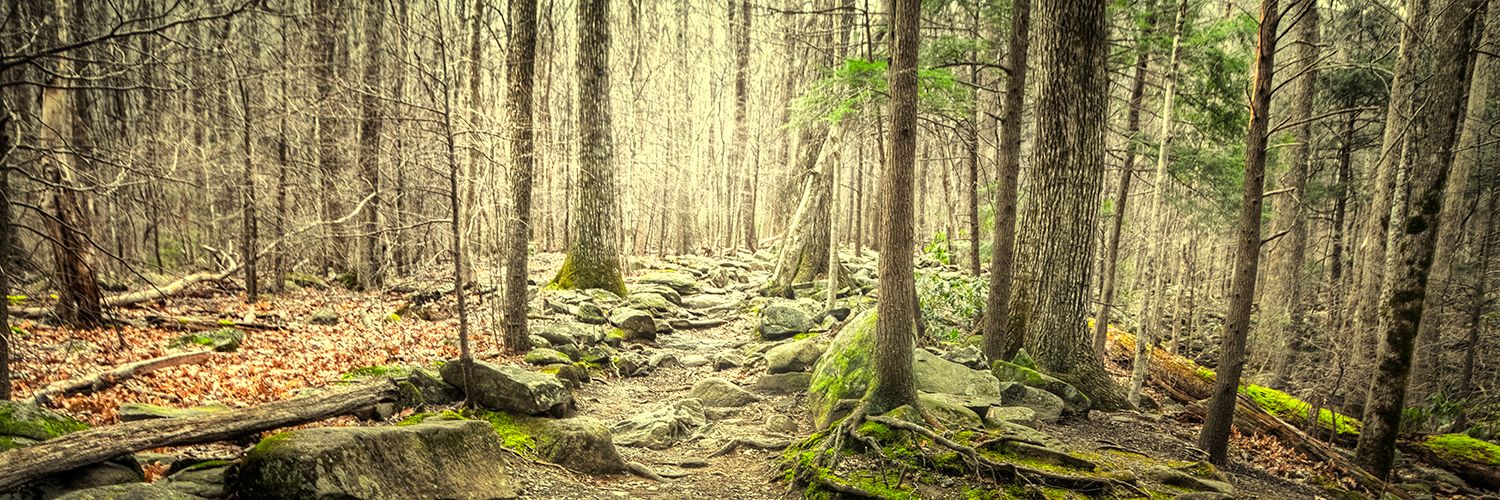Ancient Insects Ate Dinosaur Feathers

Artist’s reconstruction of Mesophthirus engeli CHEN WANG
Ancient lice ate dinosaur feathers, similar to how modern-day lice eat bird feathers, according to a study published yesterday (December 10) in Nature Communications. Researchers led by Taiping Gao and Dong Ren at Capital Normal University in China, discovered the insect on dinosaur feathers fossilized in 100-million-year-old amber collected in northern Myanmar. The species, which the team named Mesophthirus engeli, had a body shape similar to modern lice and strong chewing mouthparts. The feathers it was found on were damaged, apparently from chewing, the authors write in the paper.
The new paper presents the earliest known evidence of insects feeding on feathers, and the authors suggest that this type of parasite evolved during or before the middle of the Cretaceous period, which occurred 145–66 million years ago.
The fossilized insects are similar to present-day bird lice, a type of chewing lice found in the order Phthiraptera that can eat feathers, skin, or blood. Their lack of wings and the shape of their biting mouthparts make chewing lice different from true lice, the ones found on the human scalp, which only suck blood.

M. engeli fossil in amber with dinosaur feathers TAIPING GAO
T. Gao et al., “New insects feeding on dinosaur feathers in mid-Cretaceous amber,” Nat Commun, doi:10.1038/s41467-019-13516-4, 2019.
